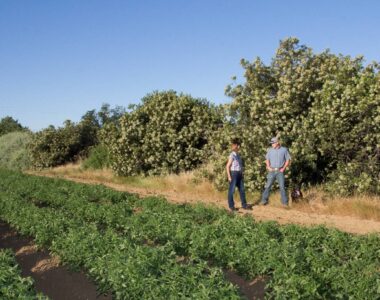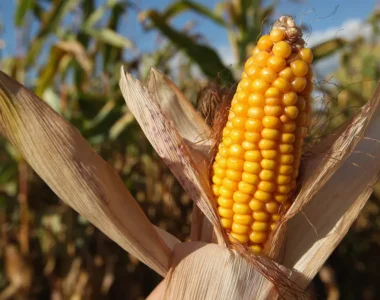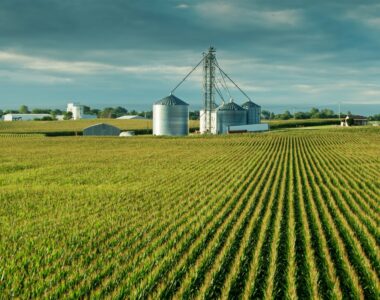
Recent USDA funding cuts have sent shockwaves through the farming community, particularly impacting small and mid-sized farms that relied on local food purchasing programs. The USDA’s decision to cancel the Local Food Purchase Assistance Program (LFPA) and the Local Food for Schools (LFS) program removes key revenue streams for farmers supplying fresh food to schools and food banks.
This sudden shift leaves many farmers scrambling to find new ways to sell their products. Without these programs, local producers risk losing reliable buyers, making it harder to sustain their farms. However, farmers can take control of their sales by connecting directly with consumers—and that’s where Farm Trader comes in.
The Impact of USDA Funding Cuts
For years, USDA-backed programs helped local farmers supply fresh produce, meats, and dairy products to schools and food banks, strengthening local food systems. With the USDA funding cuts, farmers now face:
- Loss of Guaranteed Buyers – Schools and food assistance programs provided consistent demand for farm products, ensuring stable income for many producers.
- Increased Market Competition – Without government-backed contracts, farmers must compete with large-scale suppliers for direct consumer sales.
- Financial Uncertainty – Small farms that relied on these programs must now quickly pivot to find new ways to sell their goods and stay profitable.
How Farm Trader Can Help
With traditional sales avenues shrinking, local farmers need new ways to reach customers. Farm Trader provides an easy-to-use platform where farmers can sell directly to consumers, bypassing middlemen and regaining control of their business.
Here’s how Farm Trader supports farmers in light of USDA funding cuts:
- Direct-to-Consumer Sales – Farmers can list their products online and sell directly to people in their communities without relying on large retailers or government programs.
- Increased Visibility – Farm Trader markets farm products to local buyers, ensuring consumers can easily find and purchase from nearby farms.
- Year-Round Revenue – Schools and food banks provided seasonal contracts, but a direct-to-consumer approach allows farmers to maintain steady income throughout the year.
- Community Support – By shopping directly from farmers, consumers can strengthen local food systems, ensuring fresh, locally grown food stays in their region.
Now Is the Time to Take Control
While USDA funding cuts create new challenges, they also highlight the importance of independent sales channels for farmers. Relying solely on government programs or large retailers leaves farms vulnerable to policy changes. By selling directly to consumers through Farm Trader, farmers can build stronger, more sustainable businesses.
If you’re a farmer affected by these changes, now is the time to list your products on Farm Trader and start connecting with local buyers. Consumers are actively looking for fresh, locally sourced food—make sure they can find your farm.



